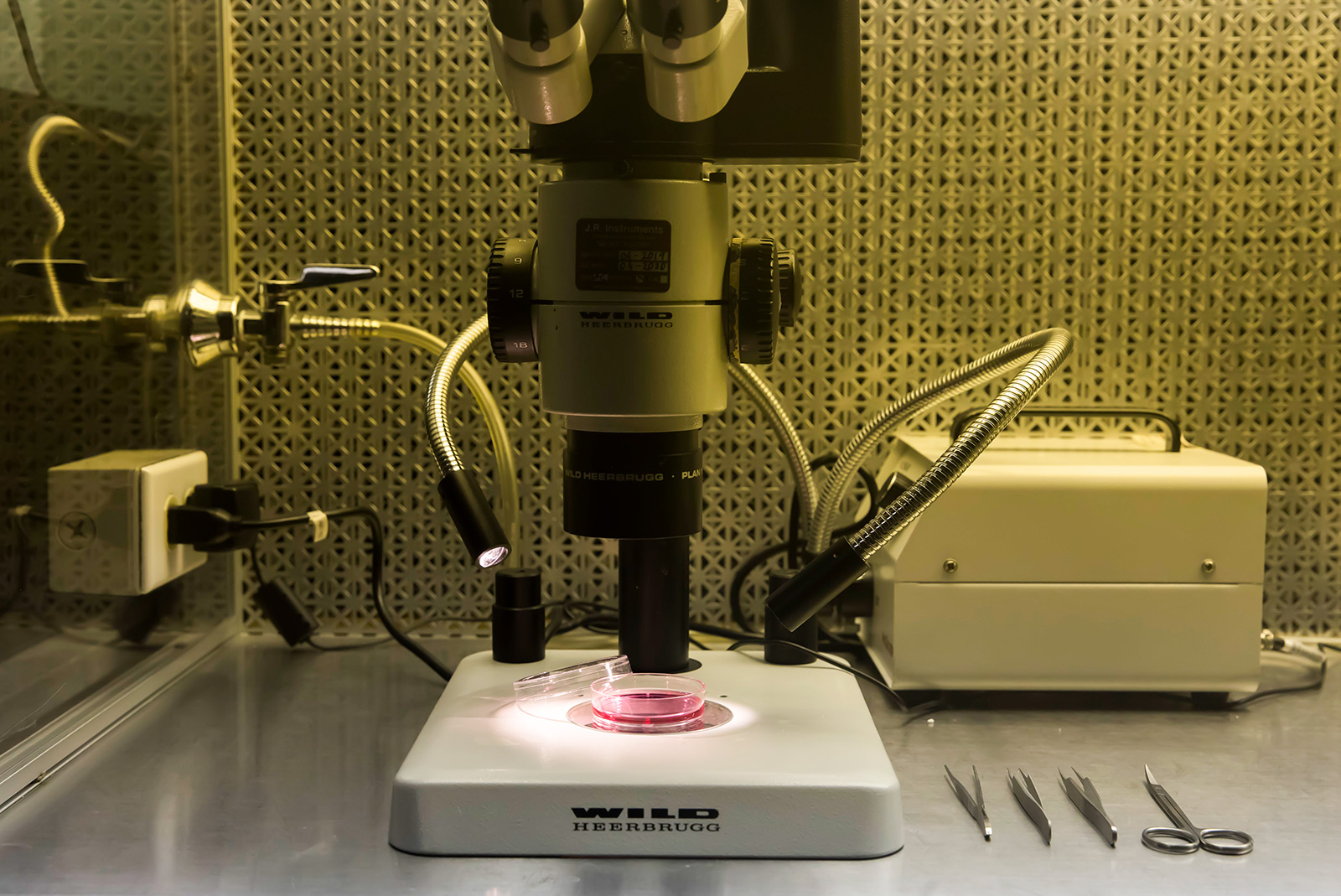Unraveling the inner workings of metabolism and immunity

Posted
06 Feb 25
USC researcher Pinghui Feng’s new paper looks at the way metabolic enzymes can change immune responses.
METABOLIC ENZYMES ARE MOSTLY KNOWN for their work in metabolism — the process whereby a cell’s energy guides actions like building up or breaking down molecules. But metabolic enzymes have another biological process — immunity. The tug of war between these two forces of metabolism and immunity is happening within cells, and a new paper published last month in the journal Immunity, lays out this relationship in better detail.
Normally, metabolism is linked to cell growth and division, but Professor Pinghui Feng and his team are looking into how metabolic enzymes can affect immune responses as well. They studied a particular enzyme involved in producing molecules called pyrimidines.

In the study, the team discovered that an enzyme called CTP synthetase 1 (CTPS1), which helps produce some of DNA’s building blocks, also plays an important role in regulating the immune system. It does so by blocking the activation of a master regulator of interferon induction. The enzyme modifies the protein in a way that prevents it from triggering the production of interferons, which are molecules that help the body fight off viral infections as well as tumors. That means the finding could be harnessed to develop future antiviral and antitumor therapies.
The researchers created a mouse model to study the specific effects of the CTPS1-modified version of the master regulator. With it, they showed tumors formed in the transgenic mouse model, suggesting that CTPS1 can convert an immune defense protein into a tumor initiator. “We don’t know exactly how it works,” Feng said, “but apparently it’s a very important approach that could potentially be used by cancer cells to grow.”
Feng and his team also found another enzyme that can stop the CTPS1 from modifying the master regulator, allowing interferon production to occur and the immune response to proceed upon microbial infection.
They note that the study looked at cultured cells and a laboratory mouse strain, so the interplay of immunity and metabolism in the enzyme needs to be studied more closely in nonhuman primates and humans.
The ultimate hope is to create small molecules to target the enzyme, aiming to block viral replication and enhance antiviral immune responses.
Feng is collaborating with USC Dornsife chemist Chao Zhang to develop small molecules that could eventually become part of helping people in the future. “My dream is to develop small molecules into clinical practice,” Feng said. “It’s going to be very challenging, and the success rate is probably very low. But to get something into the clinic would be very exciting.”